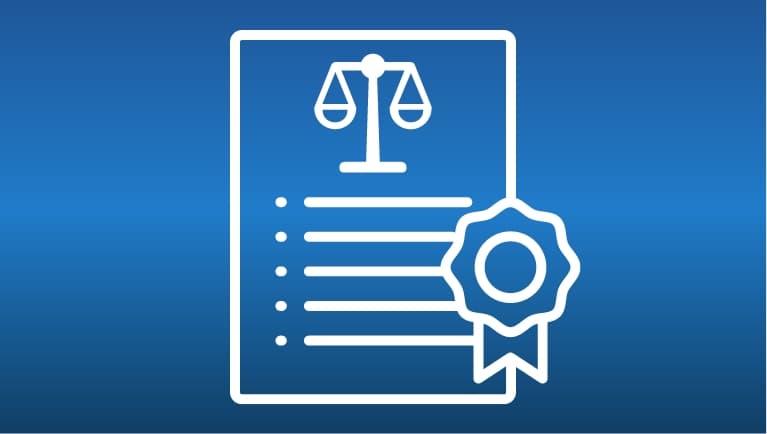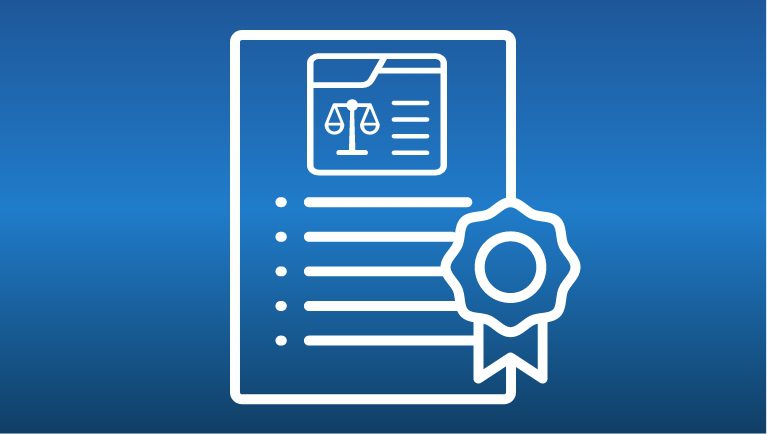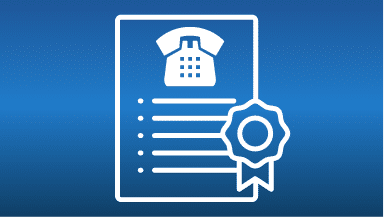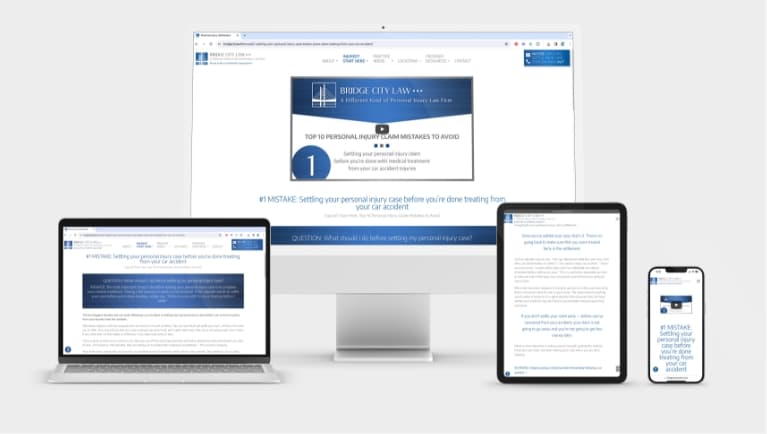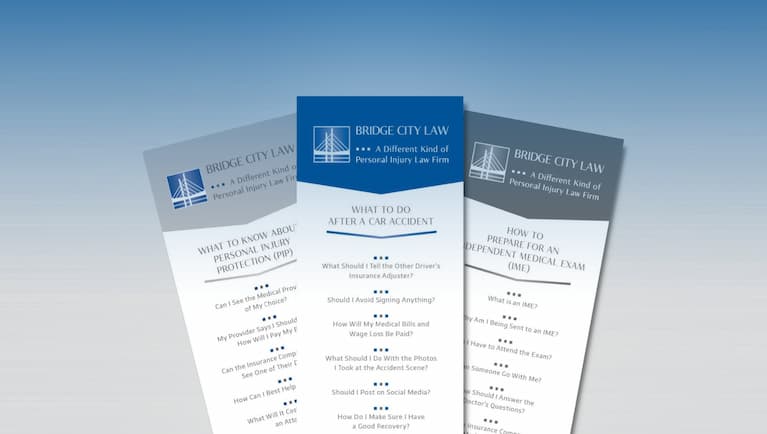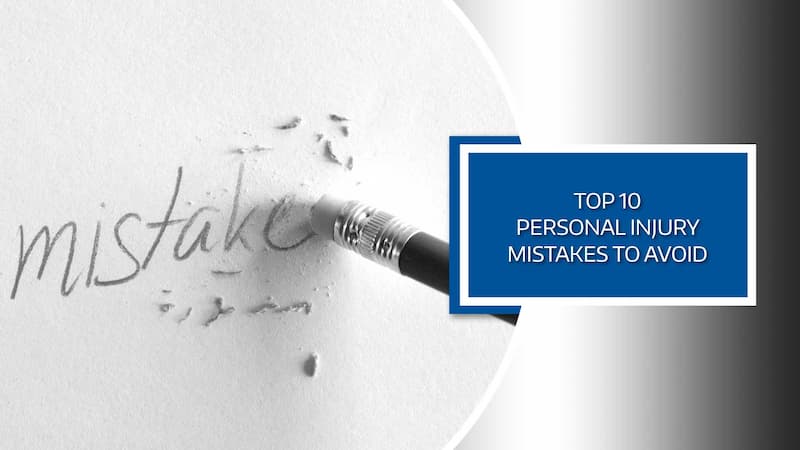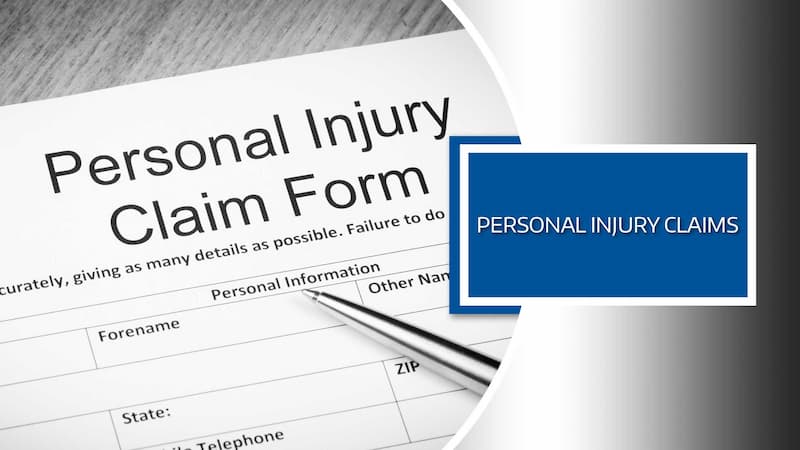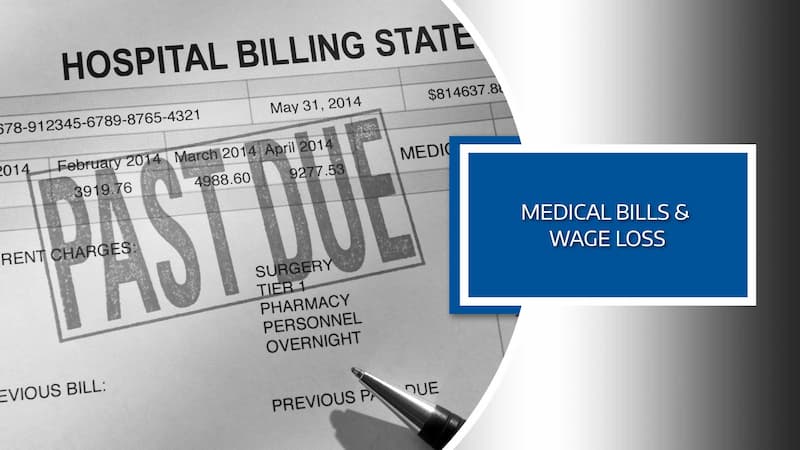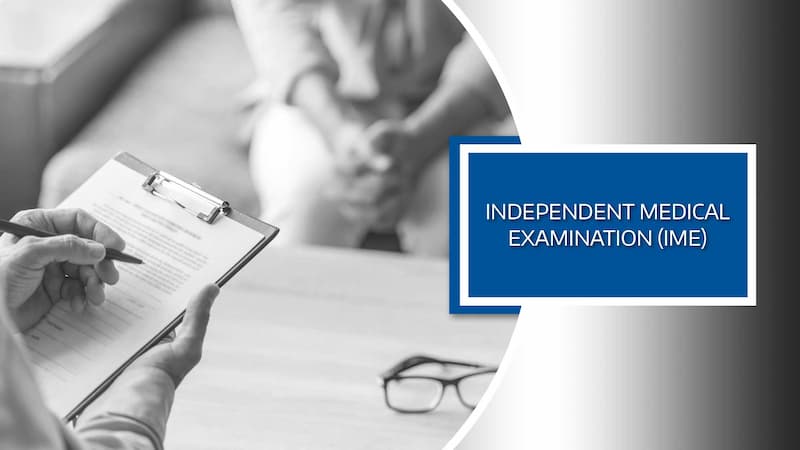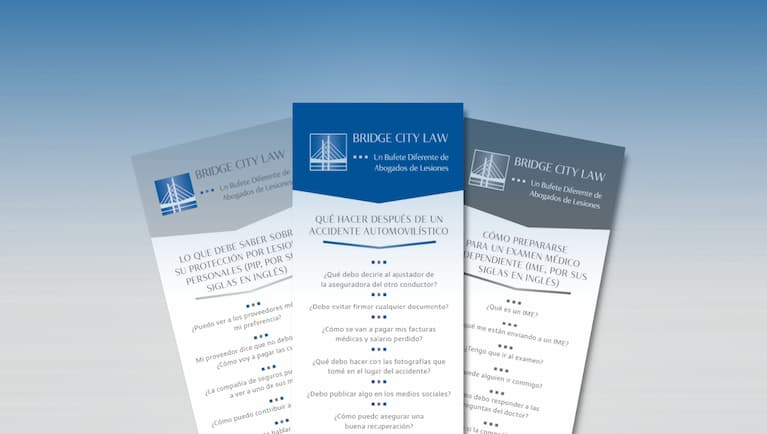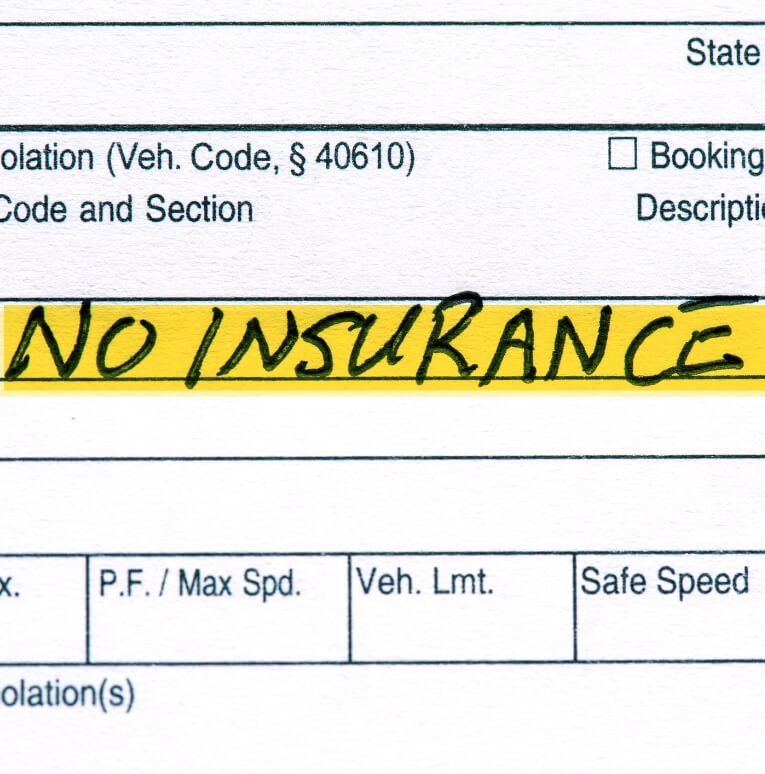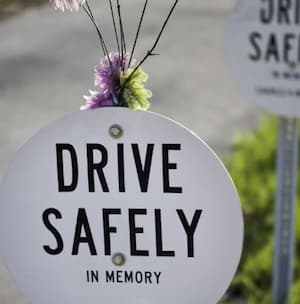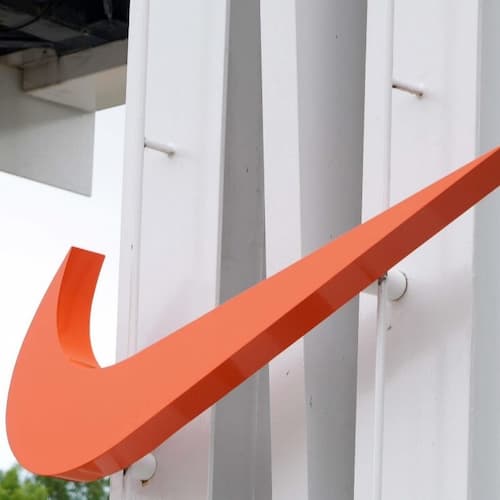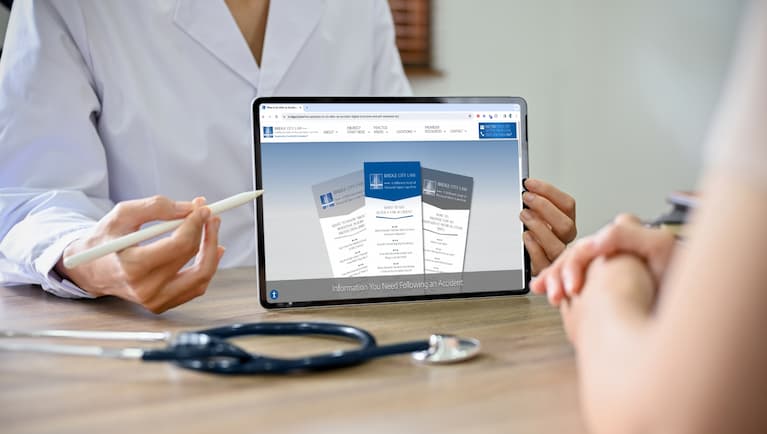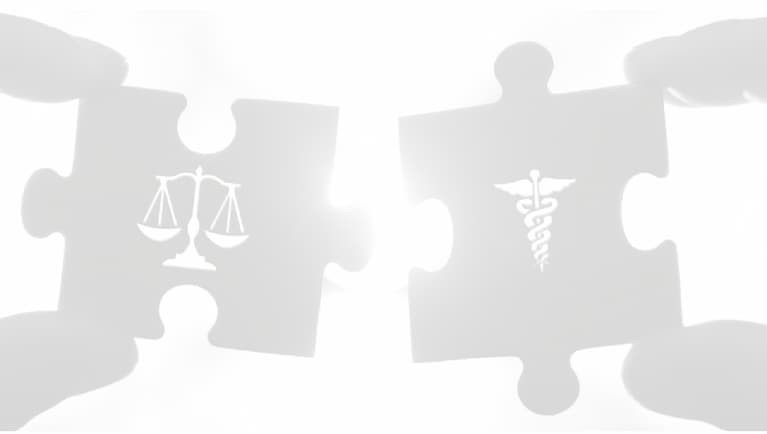#10 MISTAKE: Not Double-Checking Information Filled Out at Check-in Time
PREGUNTA: What do I need to do as a medical provider to ensure that what my patient writes about their progress during their appointment check-in is consistent with what they tell me during their appointment?
RESPUESTA: To protect your patient’s personal injury claim and your credibility, it’s critical to verify that their self-reported check-in information is consistent with what they say to you during their appointment. When there is a difference between what they write and what they report, particularly their pain levels and their progress, it can significantly jeopardize the claim. You can avoid this by always reviewing their check-in forms before you meet with them and clarify any discrepancies with your patient between what they write and what they say. This ensures accurate and consistent records are maintained and your patient’s claim is protected — and so is your credibility.
Not double-checking the information that your patient completes during their appointment check-in is the tenth biggest mistake that can happen in your patient’s personal injury claim.
A critical element of your patient’s claim is your chart notes, which you have complete control over, and is one of the most important aspects of maintaining your credibility as a medical provider.
As personal injury attorneys, when evaluating a claim or determining whether to file a lawsuit or not, one of the key things we look at are the patient chart notes. If there is important information missing or inconsistencies in the notes, that can affect our valuation of a claim, and whether we advise them to settle or file a lawsuit.
One area of chart notes that we pay close attention to is whether the check-in forms completed by the patient and the chart notes written by the medical provider are in alignment. It is surprising how often we find that they are not. What we typically see are high pain measurement numbers reported by the patient in the self check in forms, and lower pain measurement numbers the patient reports to the provider during their exam, which is added to their chart notes. An extreme example we see all too often is when the information entered by the patient doesn’t change over time — even though the chart notes clearly show the patient is improving.
We see all too often, completed self-check-in forms state the level of pain for the patient has not changed. All the while, the chart notes give a different version of how the patient is doing.
This is a red flag and one of the primary reasons why the PIP carrier will send your patient for an IME.
Inconsistencies, like these, create significant challenges for a patient’s personal injury claim and will be used by the insurance company adjuster to offer less compensation at settlement time. Unfortunately, you can’t go back, after-the-fact, and correct inconsistencies in patient’s charts. The last thing you want is for your credibility to be called into question or even attacked by the insurance company over something that can be easily taken care of during each appointment.
If your check-in process includes having your patient input information into an electronic update or status form before they see you, it’s important to review what they wrote. Take the time to carefully look over what they included on the form BEFORE you talk with them. This is the only way you can be sure what your patient wrote is consistent with what they say to you when they meet with you.
If you do find any discrepancy, be sure to ask your patient why there is a difference between what they wrote and how they’re responding to your questions during their exam. This will help reinforce for your patients the importance of being consistent with what they write and how they say during their appointment — and ultimately what is added to their chart notes.
Protecting your credibility and your patient is critical. Don’t let trying to be efficient hurt you or your patient’s claim.
We’re here to be a bridge of support for you and your patients.
We have developed a robust library of information for your patients who have been injured in an accident, which can be found in the INJURED? START HERE portal on our website.
There are 40 topic-focused articles, with accompanying videos, organized into the four categories that include the personal injury claim-related questions we’re asked most often, which include:
- Los 10 Principales Errores En Lesiones Personales Que Debe Evitar
- Lo Que Necesita Saber Sobre Su Reclamo
- ¿Cómo Se Pagan Mis Facturas Médicas y la Pérdida de Salario?
- Cómo Prepararse para Su Examen Médico Independiente
Each article provides advice and guidelines to help your patients navigate each phase of the personal injury claims process. Whether we represent your patient or not, we are passionate about them knowing how to protect their rights, get the medical care they need, and avoid the mistakes that can harm their personal injury claim.
Each article provides advice and guidelines to help your patients navigate each phase of the personal injury claims process. Whether we represent your patient or not, we are passionate about them knowing how to protect their rights, get the medical care they need, and avoid the mistakes that can harm their personal injury claim.
Additionally, if it would be helpful to have the information we feature on our website available in your office to pass along to your patients, we’ve developed brochures for each of the four article series -- in both English and Spanish that we’re happy to send to your office. Please complete the form below and we’ll get them out to you promptly.











